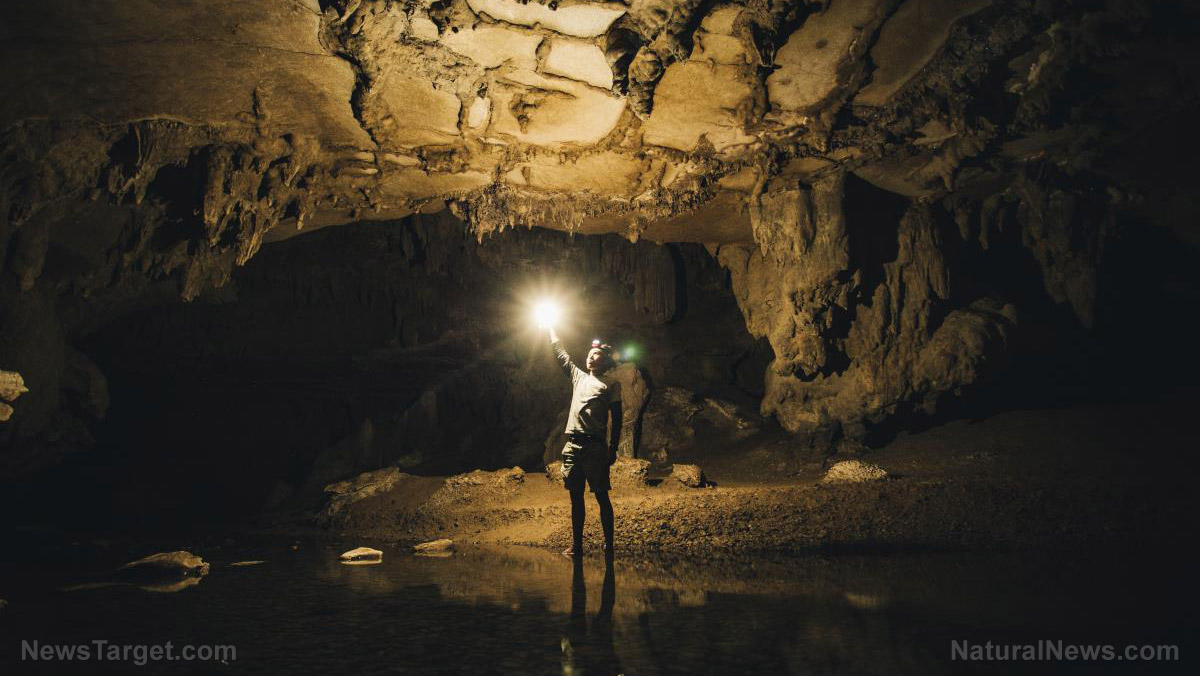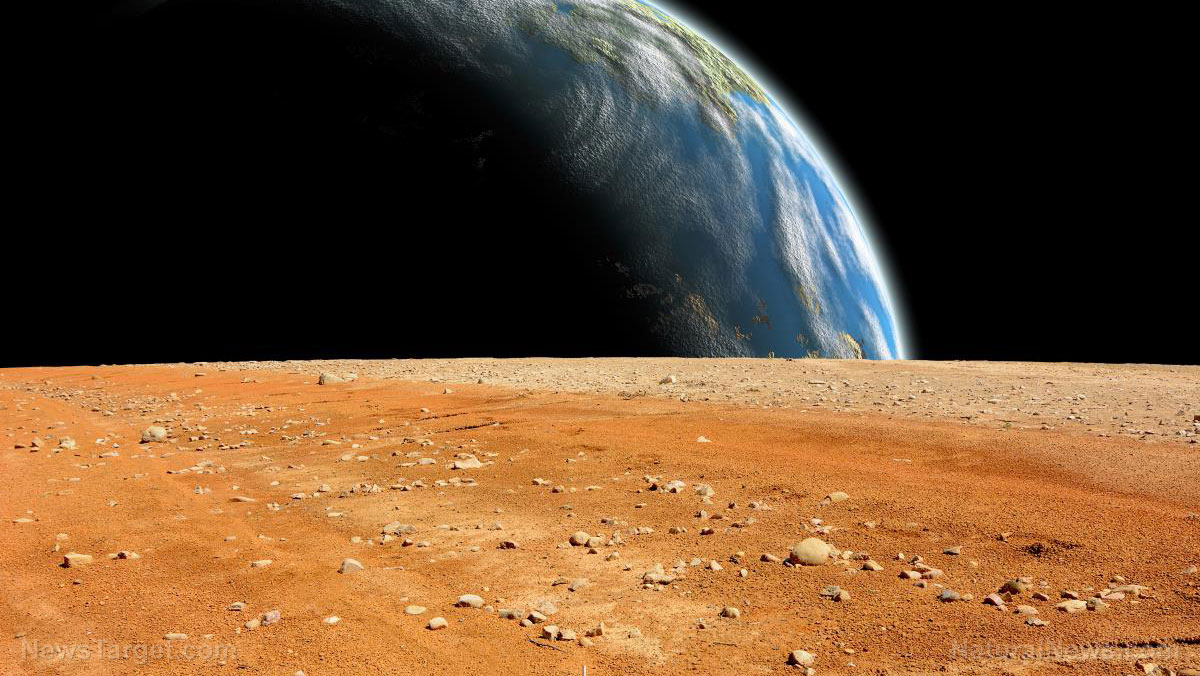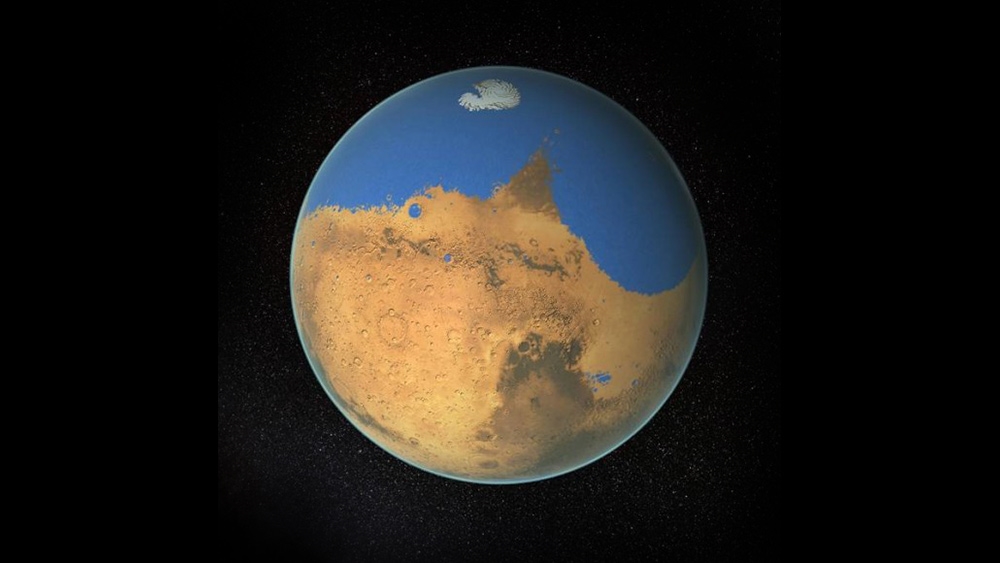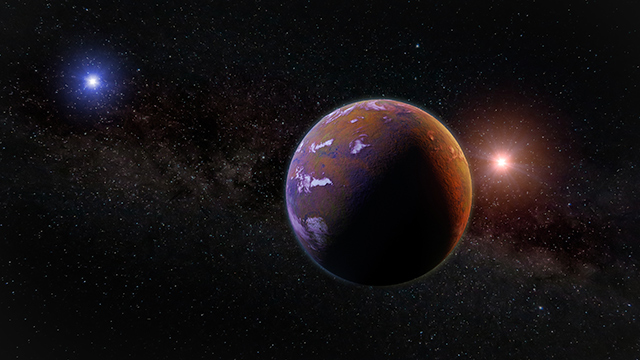Images from ESA’s spacecraft shows Nirgal Vallis, an ancient, dried-up river system on Mars
02/16/2021 / By Michael Alexander
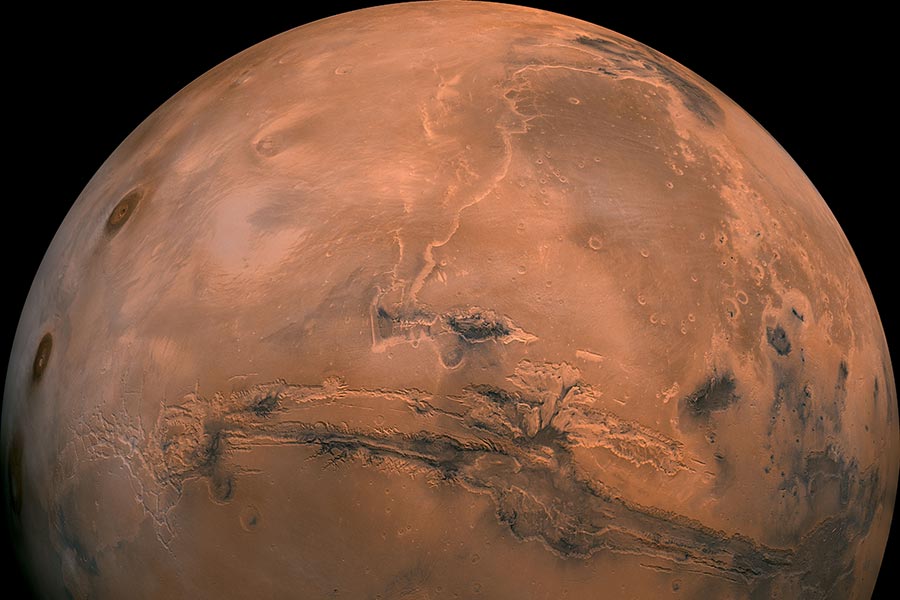
Experts say an ancient river system complete with streams, valleys and tributaries once flowed on Mars following new images from the Mars Express spacecraft. Spanning nearly 435 miles across the planet’s surface and located south of the planet’s equator, the river system – named Nirgal Vallis by scientists from the European Space Agency (ESA) – was said to have been shaped both by flowing water and space rocks smashing into the Martian surface. According to the agency, the ancient river system’s age is estimated to be between 3.5 and 4 billion years old.
The river system’s images were captured by the spacecraft’s High-Resolution Stereo Camera, and show both its western and eastern ends. According to a press release by the agency, the system’s western end exhibits more obvious branching than its eastern end, which opens out into the large Uzboi Vallis – a site suspected to be the location of a large, ancient lake that has long since dried up.
The ESA, in a statement, explained that Nirgal Vallis is an example of an amphitheater-headed valley, a type of formation in which the river’s tributaries take on the characteristic semi-circular, rounded shape of an Ancient Greek amphitheater.1
These types of valleys, the experts said, usually have steep walls and smooth floors. According to the ESA, the valleys captured in the images are estimated to be about 656 feet deep and 6,561 feet wide, with sandy dunes blanketing their floors. Two other formations in Mars – Nanedi Valles and Echus Chasma – exhibit similar characteristics. (Related: Terraforming Mars? Heal the Earth first, says grassroots group)
These types of valleys are common on Earth and can be found in sites and locations such as the Colorado Plateau in North America, the Atacama Desert in Chile and in the islands of Hawaii. In their statement, the ESA noted that Nirgal Vallis could have been formed in a similar manner to the valleys and river systems we see here on Earth, adding that because there appear to be no tributaries feeding into its main valley, it is likely that Nirgal Vallis’ water supply – as well as that of Mars’ in general – could have been replenished by a combination of rain and overland flow from its surroundings.
“Both of these features also resemble terrestrial drainage systems, where meandering, steep-sided valleys – thought to have been formed by free-flowing water – have carved their way through hundreds of feet of Martian rock, forging through old volcanic plains, lava flows, and material deposited by strong Martian winds over time,” the ESA said in a statement.
Aside from ancient rains, the valley’s water supply could have also come from below the surface, the scientists said. This process, called groundwater sapping, happens when water seeps laterally through layers of material beneath the ground’s surface. This process is also common on Earth, adding that it usually happens in environments with fine and loose surface materials, such as in the Florida Panhandle. The presence of valleys and river systems such as Nirgal Vallis in the Martian equator, according to scientists, could be possible indications that these areas once experienced a far milder, wetter and more Earth-like climate.
“Despite the arid, hostile world we see today, Mars is thought to have once been a far warmer and wetter planet – and we see signs of this in the diverse mix of features and minerals found across its surface,” the ESA said.
For more studies and stories on scientific discoveries and other similar findings, visit Discoveries.news.
Sources include:
Tagged Under: breakthrough, cosmic, discoveries, Mars, Mars Express, nirgal vallis, outer space, Space, space environment, space research, water, water in space, water on Mars
RECENT NEWS & ARTICLES
COPYRIGHT © 2017 SPACE TOURISM NEWS






